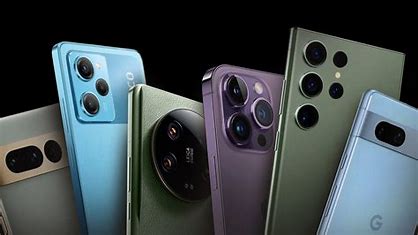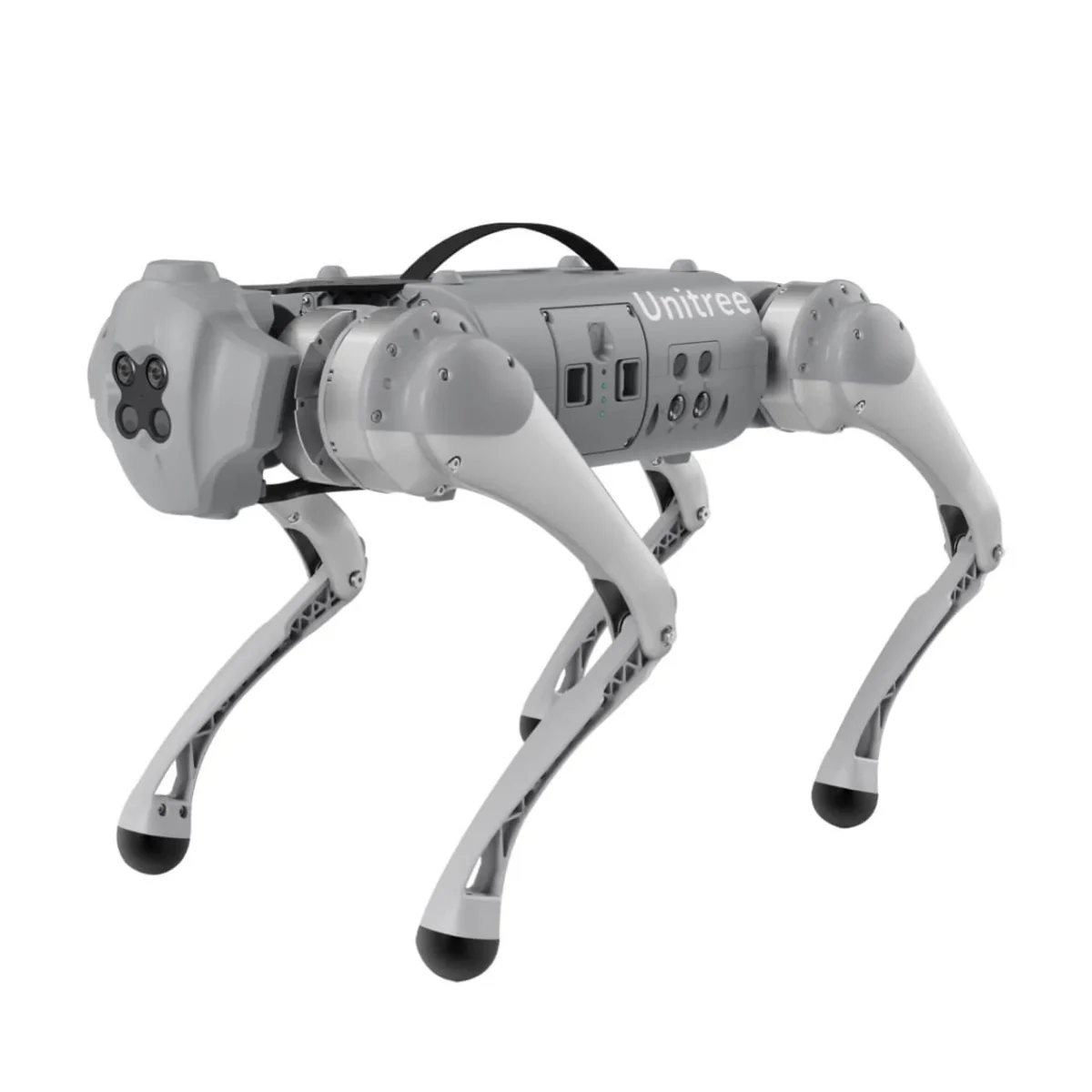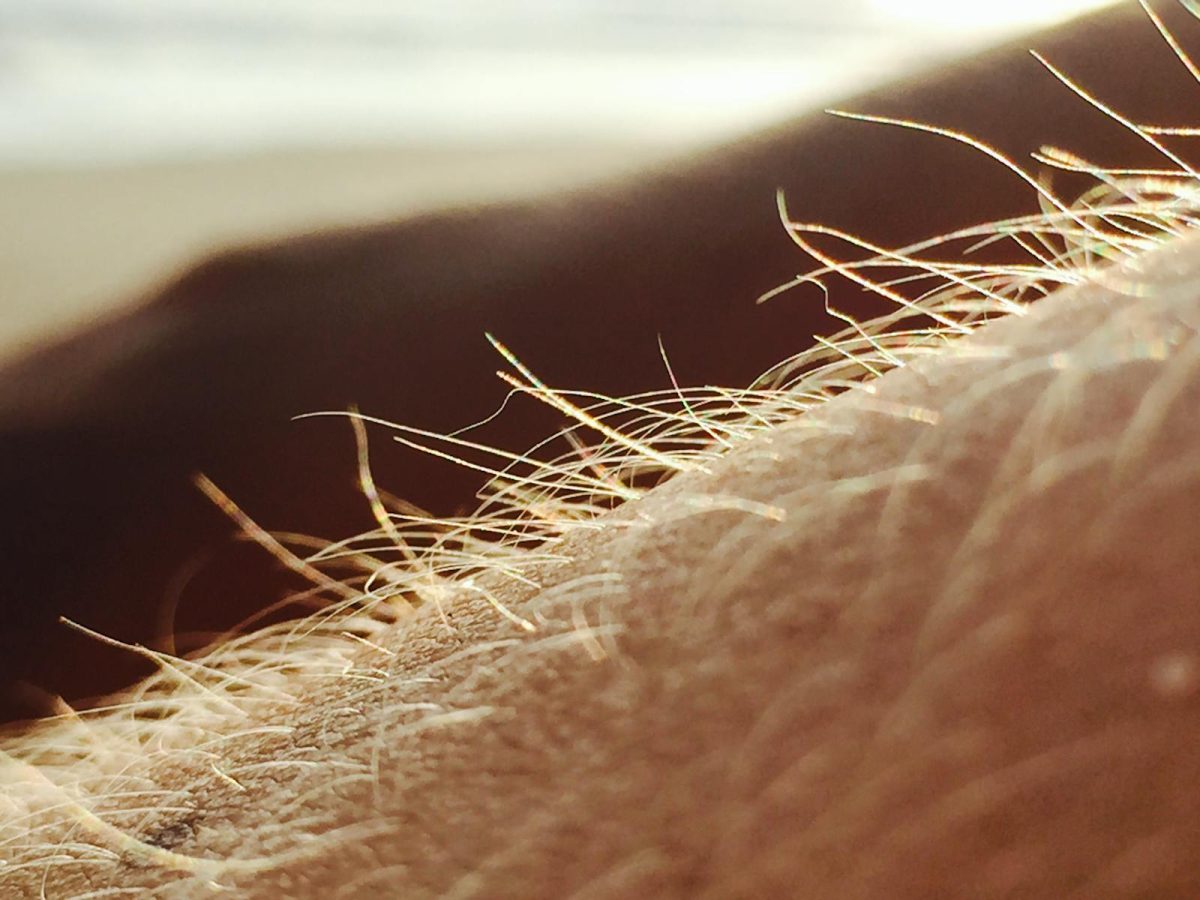Components of the camera
Phone cameras have three main components.
- Lens: They take light onto the sensor through an aperture. There are different types of lenses, like macro and telephoto. To make the cameras more versatile and normal, you can just change the lens. But for phone cameras, you can’t do that, so you need more than multiple cameras. This makes it easier to switch between different cameras, like going from telephoto to ultra-wide.
- Sensor: the sensor converts photons into electrons. The photovoltaic conversion takes place in millions of photosites on the surface of the sensor. If there are no photons that reach the photo site, the sensor thinks that the pixel is black. If photons go to the photo site, the pixel turns white. The amount of grey the sensor can pick up is known as depth. Larger sensors and photosites make better images. But things like pixel binning can help—smaller sensors make better images and have better low-light performance.
- Software: the data is given to the image signal sensor when it is sent; it is black and white raw images. After ISP brings back the color from the known arrangement of the CFA. After that, there is an image that has different intensities of red, green, or blue. The next part is a demosaicing. It modifies the pixels and color from the ISP based on the colors of pixels near each other.
Related Stories:
https://www.androidpolice.com/how-do-smartphone-cameras-work/
https://www.picturecorrect.com/how-smartphone-cameras-work/
https://www.racunalniske-novice.com/en/how-smartphone-cameras-work/
https://c.realme.com/in/post-details/1324696059250737152
Take action:






